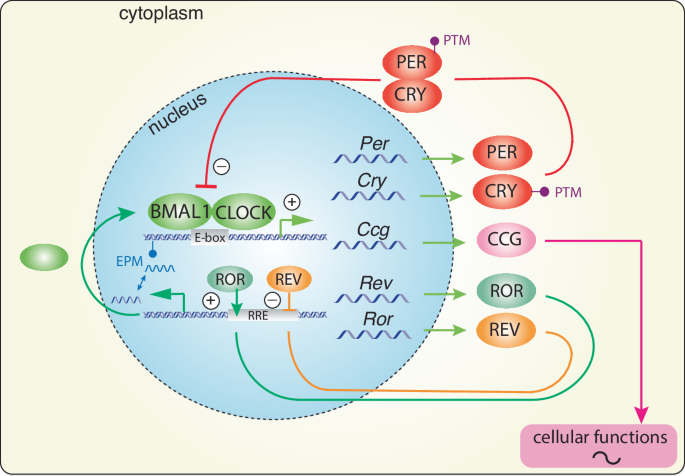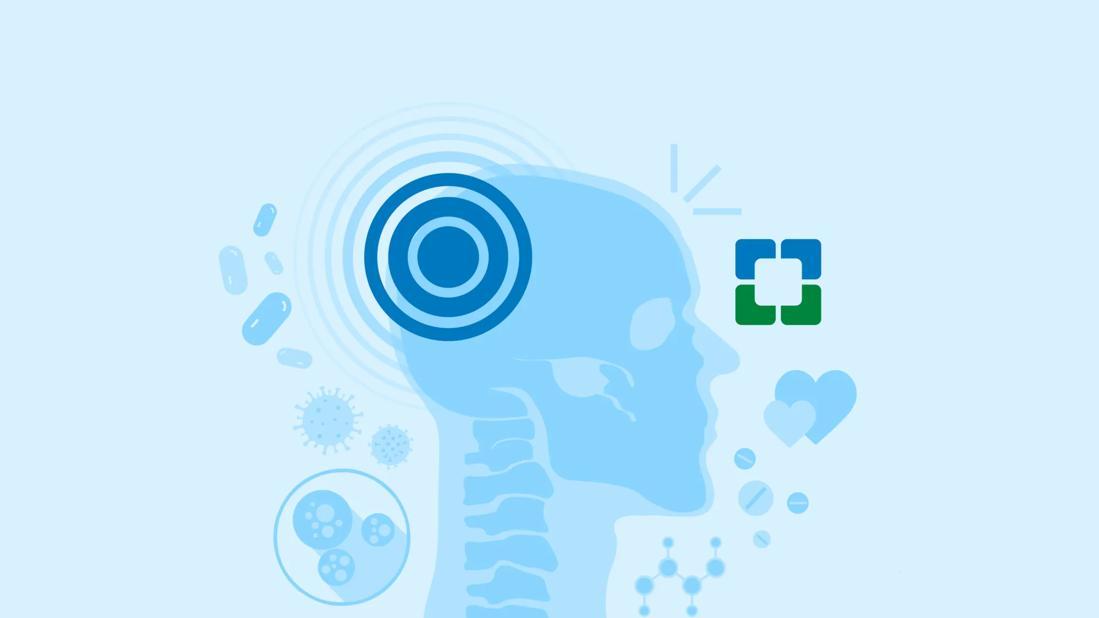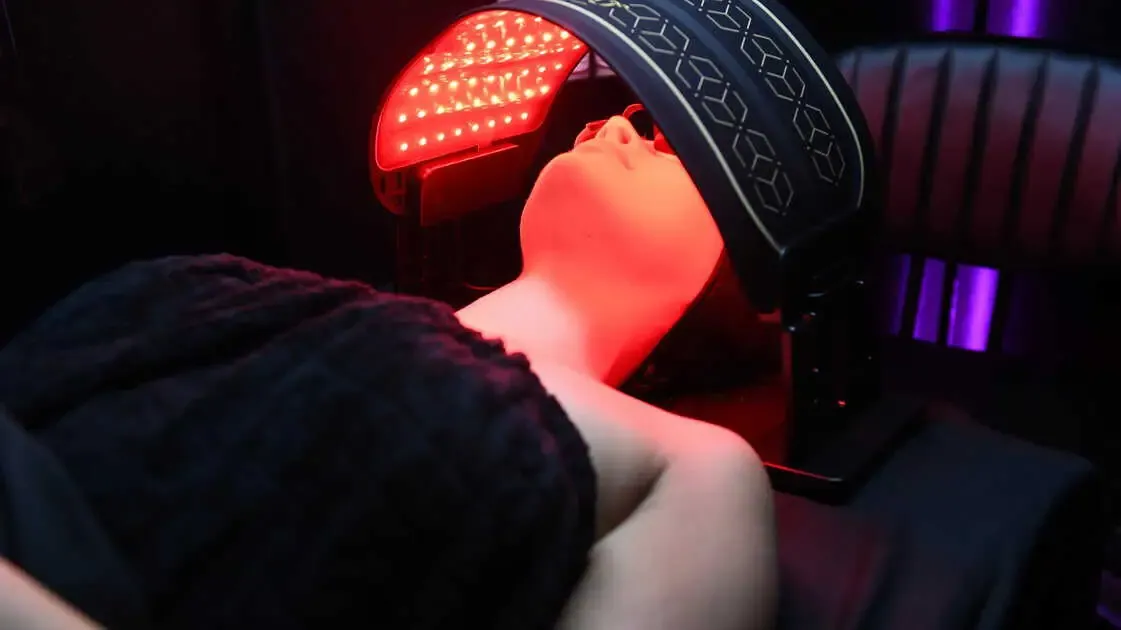In a world increasingly seeking holistic solutions for both outer glow and inner peace, the intriguing question of Mood Boosting With Light Therapy: Is It Just Placebo? often arises. Many are turning to light therapy, not just for seasonal blues, but as a proactive tool for enhancing overall well-being. At Glow Pulse Therapy, we believe true beauty radiates from within, a direct reflection of a nurtured mind and balanced spirit. This article dives deep into the science behind light therapy, separating fact from fiction, and revealing how it can genuinely uplift your mood and enrich your life, transcending mere perception to deliver tangible benefits for your skin and soul.
Understanding Light Therapy: More Than Just Brightness
Light therapy, also known as phototherapy, involves exposure to artificial light, typically a light box that mimics natural outdoor light. It’s most commonly associated with treating Seasonal Affective Disorder (SAD), a type of depression that occurs at the same time each year, usually during fall and winter. But its applications extend far beyond, touching on sleep disorders, general mood fluctuations, and even certain skin conditions. The core principle lies in how specific wavelengths of light interact with our biology.
When we talk about mood boosting with light therapy, it’s crucial to understand that we’re engaging with a sophisticated biological process, not just a simple trick of the mind. Our bodies are remarkably attuned to light, specifically the natural light-dark cycles, which dictate our circadian rhythm – our internal biological clock. Disruptions to this rhythm can profoundly impact everything from sleep patterns and energy levels to, critically, our mood.
“The impact of light on our circadian rhythm is fundamental to our mental health. It’s not just about seeing light; it’s about our body’s deep cellular response to light signals, which profoundly influences neurotransmitter regulation and hormonal balance.”
– Dr. Elias Thorne, Neuroscientist & Circadian Rhythm Specialist.
How Does Light Therapy Work to Boost Mood?
The mechanism isn’t mystical; it’s rooted in neurobiology. When light enters the eye, it stimulates specialized photoreceptors that send signals to the suprachiasmatic nucleus (SCN) in the hypothalamus – the brain’s “master clock.” This SCN then orchestrates the release of hormones like melatonin (the sleep hormone) and serotonin (often called the “feel-good” neurotransmitter).
- Melatonin Regulation: During shorter, darker days, the body produces more melatonin, leading to feelings of lethargy and sadness. Light therapy helps suppress melatonin production, signaling to the brain that it’s daytime, thus recalibrating the sleep-wake cycle and improving alertness.
- Serotonin Production: Exposure to bright light is believed to increase the production and regulation of serotonin. Low levels of serotonin are linked to depression. By enhancing serotonin activity, light therapy can naturally elevate mood, reduce anxiety, and improve overall emotional stability.
- Circadian Rhythm Resynchronization: Consistent exposure to bright light at specific times (typically mornings) helps to reset and strengthen the body’s internal clock, promoting better sleep at night and more energy during the day. This regular rhythm fosters a sense of predictability and balance, which is vital for mental well-being.
 Illustrative diagram showing how light enters the eye and stimulates brain regions for mood and sleep regulation.
Illustrative diagram showing how light enters the eye and stimulates brain regions for mood and sleep regulation.
Is Light Therapy Just a Placebo? The Evidence Beyond Expectation
The question, “is it just placebo?” is a valid one, and it’s essential to address it with scientific rigor. A placebo effect is a real psychological and physiological response to a treatment that is not inherently active. While the human mind’s capacity to heal itself is powerful, light therapy’s effects extend beyond mere suggestion.
Numerous controlled studies have demonstrated that light therapy, particularly bright light therapy for SAD, outperforms placebo in alleviating symptoms. Research often compares active light therapy devices to dim red light (a placebo condition) or sham devices. Consistently, studies show statistically significant improvements in mood, energy, and sleep quality for those using active light therapy.
For instance, meta-analyses of multiple studies have concluded that light therapy is as effective as antidepressant medication for treating SAD and can be a beneficial adjunct for non-seasonal depression. The key lies in the measurable biological changes it induces, such as altered neurotransmitter levels and stabilized circadian rhythms, which are not typically attributed solely to placebo.
“While the power of belief can never be underestimated, the physiological changes induced by therapeutic light are measurable and distinct from a placebo response. We observe real shifts in brain chemistry and sleep architecture that contribute to improved mood.”
– Dr. Elias Thorne, Neuroscientist & Circadian Rhythm Specialist.
Beyond SAD: The Broader Spectrum of Mood Benefits
While highly effective for SAD, the benefits of mood boosting with light therapy are not limited to seasonal conditions.
- Non-Seasonal Depression: Light therapy can be a valuable complementary treatment for individuals experiencing non-seasonal depression, especially when combined with psychotherapy or medication.
- Sleep Disturbances: Insomnia and irregular sleep patterns often contribute to mood disorders. By regulating melatonin, light therapy helps improve sleep quality, which in turn positively impacts daytime mood and cognitive function.
- Anxiety and Stress: A balanced circadian rhythm and improved neurotransmitter levels can lead to reduced anxiety and an enhanced ability to cope with stress.
- Energy Levels and Alertness: Feeling fatigued can significantly dampen one’s mood. Light therapy provides a natural energy boost, enhancing alertness and productivity throughout the day.
| Benefit Area | How Light Therapy Helps | Mechanism |
|---|---|---|
| Seasonal Affective Disorder (SAD) | Reduces depressive symptoms, increases energy | Melatonin suppression, serotonin boost, circadian rhythm regulation |
| Non-Seasonal Depression | Adjunctive therapy, mood elevation | Neurotransmitter balance, improved sleep, daytime alertness |
| Sleep Disturbances (Insomnia) | Promotes better sleep initiation and quality | Resets circadian clock, regulates melatonin timing |
| General Mood & Energy | Boosts vitality, reduces fatigue, enhances focus | Natural energy surge, stabilizes mood through routine light exposure |
| Anxiety & Stress | Improves resilience, calms the nervous system | Balanced neurochemistry, consistent sleep-wake cycle |
The Glow Pulse Therapy Approach: Skin, Mood, and Holistic Radiance
At Glow Pulse Therapy, our philosophy extends the concept of light’s healing power to embrace both mental well-being and physical radiance. We understand that the skin is not merely a superficial layer but a sensitive organ deeply connected to our internal state. Stress, poor sleep, and emotional imbalance often manifest on our skin as dullness, breakouts, or accelerated aging. This is where our integrated approach truly shines.
We leverage specific wavelengths of light, not only for their mood-enhancing capabilities but also for their profound benefits for skin health. For instance:
- Red Light Therapy: Known for its anti-aging and healing properties, red light penetrates deep into the skin to stimulate collagen production, reduce inflammation, and accelerate cellular repair. This can lead to smoother, firmer, and more radiant skin.
- Blue Light Therapy (controlled): While higher energy blue light from screens can be detrimental, targeted blue light can effectively combat acne-causing bacteria, reducing breakouts and improving skin clarity.
The synergy is powerful: as your mood lifts from balanced brain chemistry and improved sleep, the visible signs of stress diminish from your complexion. Simultaneously, targeted light therapy nurtures your skin, fostering a vibrant appearance that further boosts confidence and emotional well-being. It’s a beautiful, self-reinforcing cycle of healing and radiance.
“The connection between our skin and our emotional state is undeniable. When we feel good internally, it often reflects in our complexion. Light therapy, by impacting both mood and cellular skin health, offers a truly holistic pathway to outer glow and inner serenity.”
– Dr. Maya Patel, Dermatologist & Holistic Wellness Advocate.
Embracing Light Therapy into Your Wellness Ritual
Integrating light therapy into your daily routine is simple and can yield significant returns for your mood and overall vitality.
- Choose the Right Device: For mood enhancement, look for a light therapy box that emits 10,000 lux of light and filters out UV rays. For skin benefits, consider devices with specific red or blue light wavelengths. Glow Pulse Therapy offers devices designed for this dual benefit.
- Timing is Key: For mood and sleep regulation, use your light therapy device first thing in the morning, within an hour of waking up. This signals to your body that the day has begun and helps synchronize your circadian rhythm.
- Consistency Matters: Like any wellness practice, consistency is crucial. Aim for 20-30 minutes of daily exposure.
- Listen to Your Body: Pay attention to how you feel. Adjust duration or timing as needed. If you experience eye strain or agitation, reduce your exposure time.
- Complement with Other Practices: Light therapy is a powerful tool, but it’s most effective as part of a comprehensive wellness strategy that includes balanced nutrition, regular exercise, mindful practices, and adequate sleep.
“Incorporating light therapy into your morning ritual can be a transformative step towards greater well-being. It’s about consciously choosing to nourish your body and mind, setting a positive tone for the day ahead, and reinforcing your commitment to holistic health.”
– Ms. Clara Vance, Certified Wellness Coach & Light Therapy Practitioner.
The Future of Holistic Well-being with Light Therapy
The journey to understanding mood boosting with light therapy: is it just placebo? brings us to a clear conclusion: its benefits are backed by science, extending far beyond subjective experience. It’s a powerful, non-invasive tool for enhancing mental well-being, improving sleep, and even revitalizing your skin.
At Glow Pulse Therapy, we are committed to empowering you on this journey towards holistic radiance. We believe in harnessing the natural power of light to cultivate a deeper connection between your inner state and outer glow. By choosing light therapy, you’re not just investing in a device; you’re investing in a more balanced, joyful, and luminous version of yourself – where healthy skin and a serene mind beautifully converge.
Frequently Asked Questions About Light Therapy for Mood
Q1: How quickly does light therapy start to boost mood?
Most individuals begin to notice improvements in mood and energy within a few days to two weeks of consistent daily use. Full benefits often become apparent after three to four weeks.
Q2: Is light therapy safe to use every day?
Yes, when used as directed with a proper 10,000-lux light box that filters out UV light, it is generally safe for daily use. Always follow the manufacturer’s instructions and consult a healthcare professional if you have eye conditions or are taking medications that increase light sensitivity.
Q3: Can light therapy help with non-seasonal depression or anxiety?
While most studied for Seasonal Affective Disorder, light therapy can be a beneficial adjunctive treatment for non-seasonal depression, anxiety, and sleep disorders by helping to regulate circadian rhythms and improve overall mood and energy levels.
Q4: What’s the difference between light therapy for mood and skin?
For mood, you typically use a bright white light box (10,000 lux) focused on eye exposure. For skin benefits, specific colored lights like red light (for anti-aging and healing) or blue light (for acne) are used, often applied directly to the skin. Glow Pulse Therapy integrates both approaches.
Q5: Will using light therapy interfere with my sleep at night?
When used correctly, particularly in the morning, light therapy actually helps regulate your sleep-wake cycle, leading to improved sleep at night. Using it too late in the day, however, can interfere with melatonin production and make it harder to fall asleep.
Q6: Do I need a prescription for light therapy?
No, light therapy devices are generally available over-the-counter. However, if you have a medical condition, particularly a mood disorder or an eye condition, it’s always advisable to consult with a doctor or mental health professional before starting light therapy.
Q7: Can children or teenagers use light therapy?
While generally considered safe, light therapy for children and teenagers should always be discussed with a pediatrician or mental health professional, especially if they are experiencing mood disorders or sleep issues.



